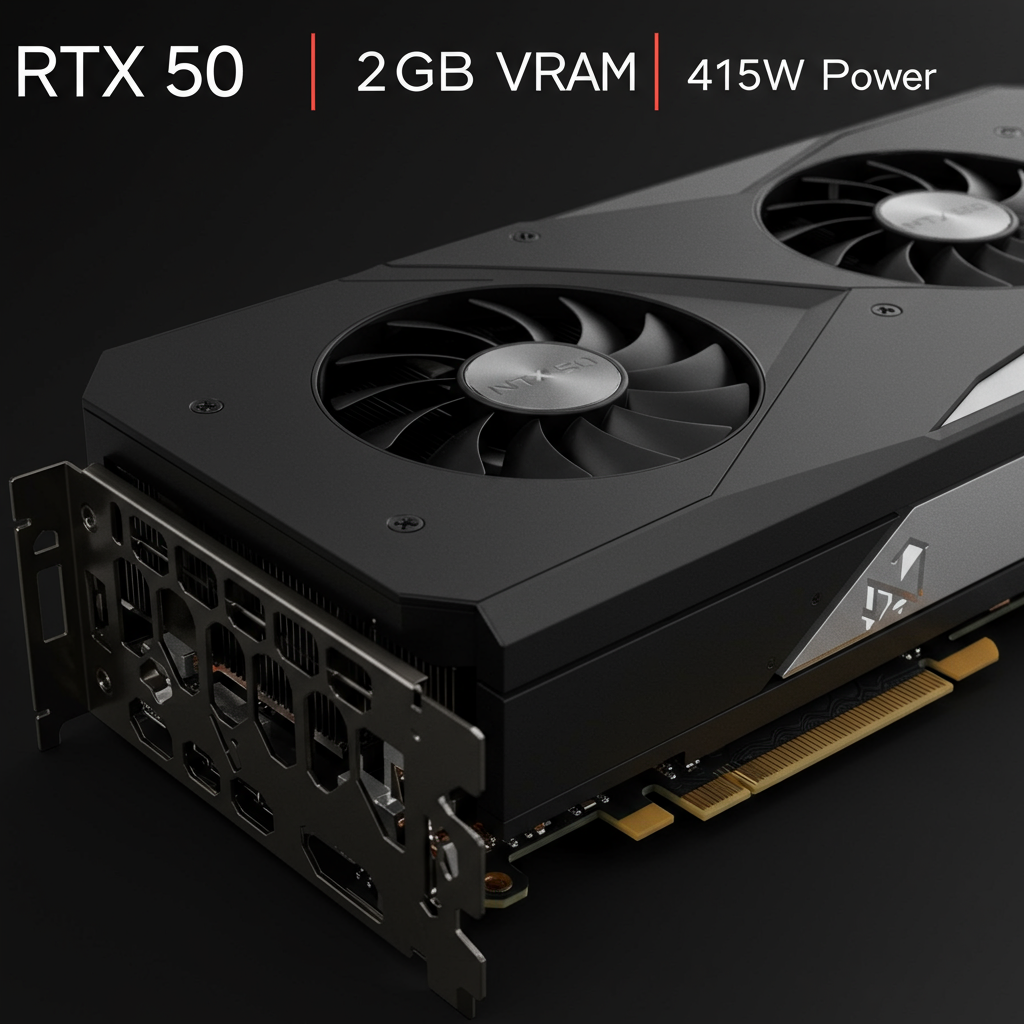Hideo Kojima’s highly anticipated sequel, death stranding 2: On the Beach, is here. This new journey sees legendary porter Sam Bridges trekking across a vast, post-apocalyptic Australia. Picking up roughly 11 months after the original game’s events, Sam is now tasked with a monumental challenge: expanding the Chiral Network far beyond the UCA. players are eager to dive into this massive world, but a common question arises: exactly how long will it take to traverse and connect the entirety of Australia and beyond? This guide breaks down the expected game length, from main story completion to achieving total network saturation and unlocking every secret.
How Long to Beat the Main Story in Death Stranding 2?
For players focused primarily on experiencing the core narrative and cinematic sequences Kojima is known for, the main story of Death Stranding 2 offers a substantial experience. Estimates indicate that completing the game’s primary storyline will take between 40 and 60 hours.
This aligns closely with the average time required to finish the main campaign of the first Death Stranding. However, developer Kojima Productions has stated that the sequel is significantly larger than its predecessor. While the main story might feel familiar in length, the sheer scale of the world, the expanded mechanics, and the wealth of optional content contribute to this increased size. The game unfolds over 17 chapters, with the first 16 dedicated to the unfolding narrative, leaving the final chapter primarily as a transition into the post-game exploration state.
Achieving Full Completion: The Platinum Trophy Challenge
If your goal is to fully conquer Death Stranding 2, connecting every facility, maxing out every connection, discovering hidden locations, and earning all trophies—including the coveted Platinum—you’re looking at a much more considerable time investment. Based on the commitment required for the first game’s Platinum, achieving 100% completion in Death Stranding 2 is expected to take at least 80 hours, potentially stretching up to 120 hours or more depending on your efficiency and strategy.
Unlike simply following the story path, full completion demands dedication to the game’s intricate simulation elements. You’ll need to maximize your connection ratings with all facilities and preppers scattered across the map. This involves not only delivering their standard orders but also fulfilling aid requests and returning lost cargo found in the world. Unlocking specific trophies often requires exploring every corner of the sprawling Australian map, finding secret areas, and mastering various gameplay systems. While the Platinum isn’t necessarily considered difficult in terms of skill, it is undeniably time-consuming, requiring thoroughness and patience.
What Makes Death Stranding 2’s Journey Longer?
Death Stranding 2 builds upon the foundation of the original delivery gameplay but significantly expands the player’s toolkit and interaction with the world. Hideo Kojima described the first game as a ‘rope’ (connecting people) game, and the sequel incorporates more ‘stick’ (combat/defense) elements, adding layers that influence playtime.
The gameplay loop still revolves around making cargo deliveries across challenging terrain. However, DS2 introduces:
Enhanced Combat: Combat encounters are more frequent and integrated. Improved gunplay, stealth options, and new enemy types (including more challenging BT variants and human/mech foes) mean players spend more time engaging with threats, adding complexity and requiring practice (often via VR Missions).
More Traversal Options: While walking remains key, vehicles like bikes and trucks are crucial, along with complex systems like a reconstructible monorail for large-scale transport. Mastering these and building necessary infrastructure like roads requires significant time and resource gathering. Building roads, especially, is a massive long-term project that benefits the community and extends your personal playtime.
Expanded Facility Interactions: Maximizing connections unlocks valuable rewards like new weapons, vehicle upgrades, and traversal tools. Checking facility rewards and prioritizing connections based on desired unlocks adds strategic depth and playtime. The Government facility and the Lone Commander near it in Australia are early examples offering powerful weapons that impact how you approach challenges.
Structural Changes: The introduction of the colossal floating base, the DHV Magellan, serves as a central hub. This base facilitates more frequent and in-depth character interactions through vignettes and dialogue, enriching the narrative but also adding optional content that contributes to overall playtime.
Dynamic Environment: Australia’s diverse landscapes present unique challenges. Dynamic elements like weather (sandstorms, timefall), bushfires, and earthquakes add unpredictability to routes, potentially extending travel times and requiring adaptation.
Navigating the Australian Expanse
Players begin their journey in a tutorial-like area in Mexico before a supernatural ‘plate gate’ allows passage to the primary setting: Australia. Reaching key network locations within Australia, such as West Fort Knot, is crucial as it unlocks fast travel options, including the ability to jump back to Mexico and other connected safe zones, saving travel time later on.
Utilizing the game’s systems effectively can impact how you spend your time:
Check the Corpus: This in-game encyclopedia is vital for understanding mechanics, especially since tutorials can be brief. Regularly reviewing new entries helps players master complex systems, potentially reducing trial-and-error time but adding reading time.
Use Map Filters: Customizing your map display helps manage clutter and quickly identify relevant icons, making planning routes or finding specific objectives more efficient.
Magellan Locker: A crucial tip for managing inventory is using the Magellan’s private locker for non-quest items, as it moves with you. However, never store quest cargo here if you intend to deliver it, as it results in a negative evaluation. Learning this can prevent frustrating setbacks.
Build Structures Strategically: Structures like watchtowers and timefall shelters can only be built within Chiral Network coverage. Planning ahead and placing structures at the network’s edge before venturing out is essential for efficient traversal and resource management, influencing preparation time before expeditions.
Story, Characters, and Themes
While the first game’s narrative was sometimes criticized for its pacing and coherence, Death Stranding 2‘s story is generally regarded as better written, paced, and more enjoyable, even with Kojima’s signature eccentricities. The tone shifts slightly towards a more campy sci-fi action movie feel.
The game features a rich cast of returning characters like Fragile (with a greatly expanded role) and Heartman, alongside memorable new faces such as Tarman, Tomorrow, and Sam’s constant companion, Dollman. The interactions aboard the Magellan and with various preppers like the Lone Commander (providing powerful weapons) and the Inventor (offering tech) deepen the world and characters, encouraging players to spend time building connections beyond simple deliveries. The themes of connection, isolation, and the duality of the ‘rope’ and ‘stick’ are central, influenced partly by the real-world pandemic experience, adding layers for players to ponder during their journey.
Visuals, Audio, and Technical Performance
Powered by the Decima engine, previously used for Horizon games and the original DS, Death Stranding 2 is visually stunning. It’s lauded as one of the best-looking games available, featuring photorealistic environments and best-in-class performance capture for characters, enhanced by Epic Games’ MetaHuman technology for realistic appearances. The soundtrack is also consistently praised, contributing significantly to the game’s atmosphere and emotional impact. The technical polish ensures a smooth experience, crucial for a game requiring such extensive traversal.
Platforms and Pricing
Currently, Death Stranding 2: On the Beach is exclusively available on PlayStation 5 and is priced at $70. While the first Death Stranding eventually came to PC and Xbox, there has been no official announcement regarding DS2 releasing on other platforms at this time. Given the pattern with the first game, a PC port at a later date seems probable, but this would likely involve a significant wait.
Frequently Asked Questions
How long does it take to beat the main story in Death Stranding 2?
Focusing primarily on the critical path and main narrative missions in Death Stranding 2: On the Beach is expected to take players approximately 40 to 60 hours to complete. This estimate covers the game’s 17 chapters, with the primary story concluding around chapter 16.
How much time is needed to get the Platinum trophy in Death Stranding 2?
Achieving 100% completion and unlocking the Platinum trophy in Death Stranding 2 requires a significant time investment. Players should expect to spend at least 80 hours, and potentially up to 120 hours or more, dedicated to maximizing facility connections, completing all side orders, exploring hidden areas, and mastering every system.
How can I extend my playtime and achieve full completion in Death Stranding 2?
To reach full completion in Death Stranding 2, focus on maximizing your connection levels with all facilities and preppers by completing Standard Orders, Aid Requests, and returning lost cargo. Explore the entire map thoroughly to find secret areas. Dedicate time to building structures and roads, as this is a long-term project requiring significant resource farming (especially from Mines) and traversal. Engaging with optional content like VR Missions and character interactions on the Magellan also contributes to total playtime.
Conclusion
Death Stranding 2: On the Beach* offers a substantial gameplay experience, whether you’re focused solely on its intriguing narrative (40-60 hours) or aiming for complete mastery and exploration (80+ hours). Building upon the original’s unique foundation, the sequel provides enhanced gameplay, a deeper story, and a vast, challenging world to connect. Players looking for a sprawling adventure with significant playtime potential will find plenty to immerse themselves in across the varied landscapes of post-apocalyptic Australia. Prepare for a long, strange, and rewarding journey across the beach.
References
- kotaku.com
- <a href="https://www.ign.com/wikis/death-stranding-2-on-the-beach/ThingstoDoFirstinDeathStranding_2″>www.ign.com
- www.abc.net.au
- www.videogameschronicle.com
- www.gamesradar.com



